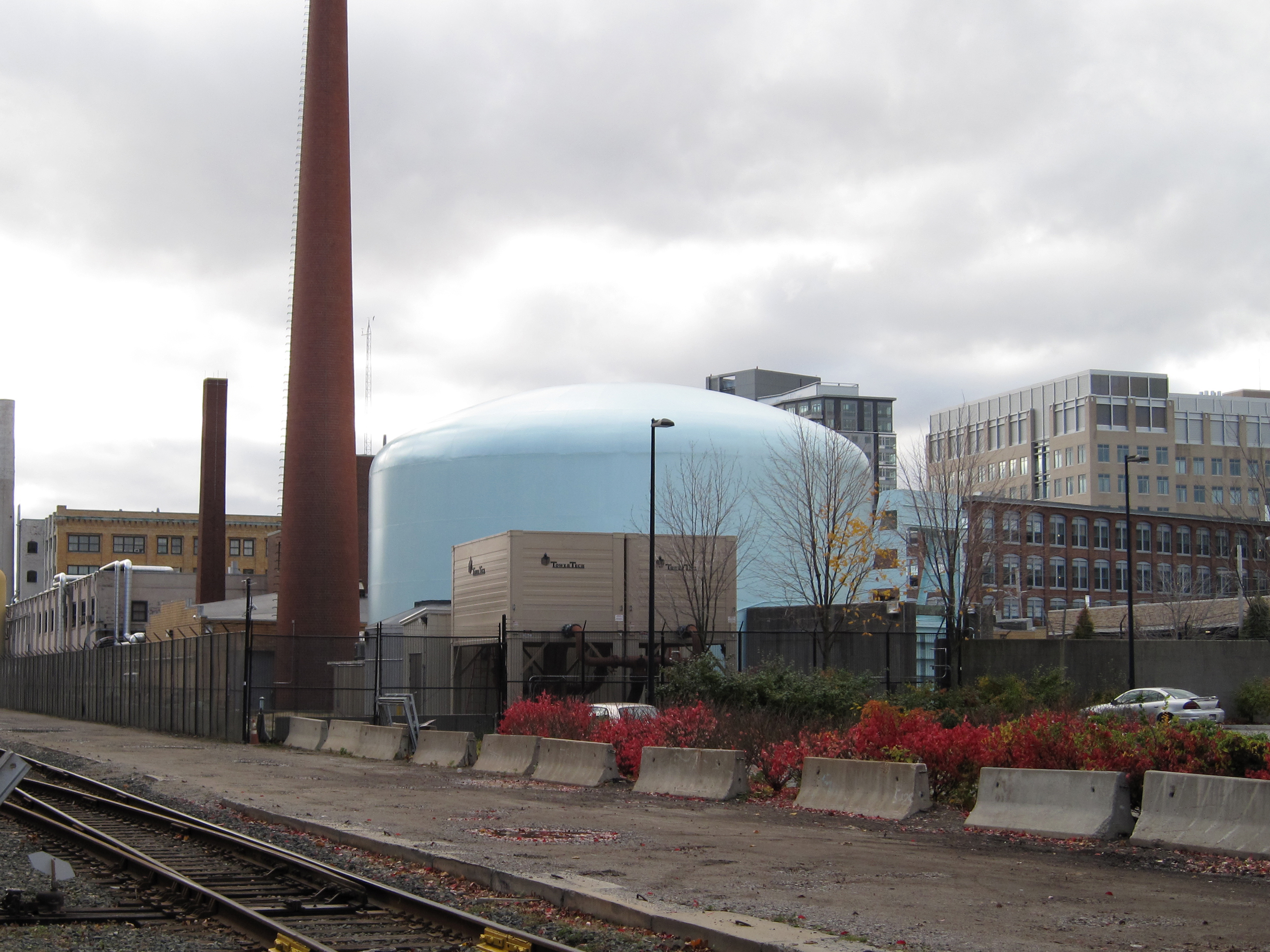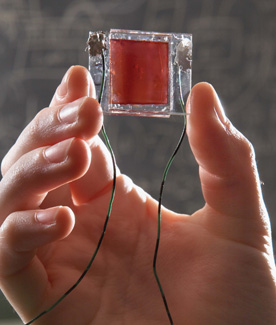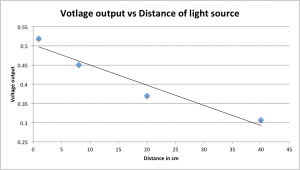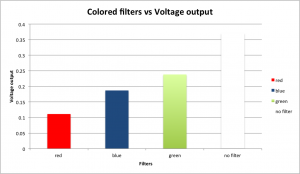What is Solar Energy?
Over the past decade or so you have probably noticed those black panels that are increasingly popping up, such as on top of houses, or mounted on a the post of a street light. These are called solar panels, and are used to convert the suns rays into useable energy. The scientific term for solar panel is photovoltaic cells. Photovoltaic cells are made from semiconductor material ( computer chips ). When the sunlight hits the solar panels it knocks the electrons loose from its atoms and as these electrons move through the cell it produces electricity. Solar energy is debateably the cleanest and most abundant energy source In the world. Solar energy is available free of cost in every part of world, however it requires large investments and massive land areas to establish the conditions to convert the solar energy into useable energy forms. Solar energy is continuing to grow throughout the world.
Innovative Solar Projects.
Recently, due to new innovative Solar Products. Harvesting solar energy doesn’t have to mean using giant panels and requiring large land masses. Because of innovations in solar film technology. These solar films can be ‘printed’ in rolls, which greatly reduces both the cost and the installation, as well as opening up new opportunities for countries and companies to utilize this new technology.
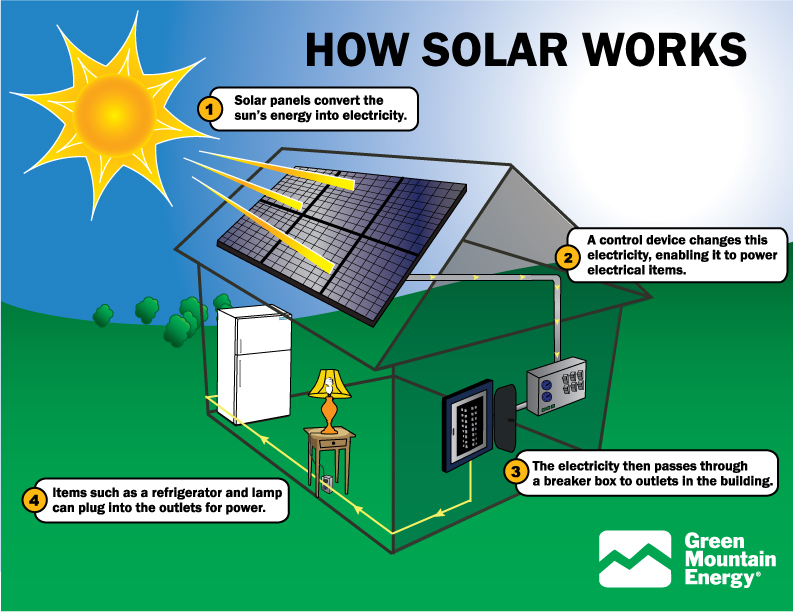
Solar Around the Globe:
| Coutnries with the most installed solar energy in MW |
MW |
| Germany |
9,785 |
| Spain |
3,386 |
| Japan |
2,633 |
| United States |
1,650 |
| Italy |
1,167 |
| Czech Republic |
465 |
| Belgium |
363 |
| China |
305 |
| France |
272 |
| India |
120 |
http://www.statisticbrain.com/solar-energy-statistics/
Germany is currently the worlds leader in solar energy and is continuing to progress.

How did a once coal dependent nation become the worlds most efficient solar energy producer?
In 1991 the EEG or ” renewable energy law” was passesd .”The EEG required utility companies to plug all renewable power producers, down to the smallest rooftop solar panel, into the national grid and buy their power at a fixed, slightly above-market rate that guaranteed a modest return over the long term”. http://www.motherjones.com/environment/2013/04/germany-solar-power-energy. Once investors heard about this opportunity they viewed it as a long term investment. Not long after, billions were invested and solar energy began to thrive in the nation. This is not only common in Germany, but in many other countries around the world as well. If there is money to be made, then it will be invested in. Which is why many countries are promoting solar energy growth.
Below is a table of Germanys solar progression.
| Year |
Capacity (MW) |
Annual yield (GWh) |
% of consumption |
| 2000 |
114 |
60 |
0.01 |
| 2001 |
176 |
76 |
0.01 |
| 2002 |
296 |
162 |
0.03 |
| 2003 |
435 |
313 |
0.05 |
| 2004 |
1,105 |
557 |
0.09 |
| 2005 |
2,056 |
1,282 |
0.2 |
| 2006 |
2,899 |
2,220 |
0.4 |
| 2007 |
4,170 |
3,075 |
0.5 |
| 2008 |
6,120 |
4,420 |
0.7 |
| 2009 |
10,566 |
6,583 |
1.1 |
| 2010 |
17,554 |
11,729 |
1.9 |
| 2011 |
25,039 |
19,599 |
3.2 |
| 2012 |
32,643 |
26,380 |
4.4 |
Every year Germany seems to be improving rapidly in solar energy. Recently “A new German energy storage system has received a 2013 German Renewables Award at a ceremony which was held earlier this month in. The innovative system is called the ASD Sonnenspeicher. It was created by Automatic Storage Device (ASD).”

If you would like to learn more about this device you can read more at http://cleantechnica.com/2013/11/26/solar-energy-storage-system-wins-2013-german-renewables-award/#BH8furyrvR2G4M5l.99
or watch the video: http://www.youtube.com/watch?v=j691xmqSe38
India:
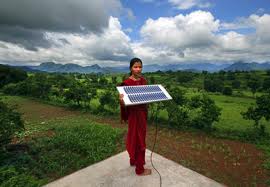
As you can see in the first table above, India is not performing as well as it would like to when it comes to solar energy. However, this will change over time due to the increase of solar energy in rural areas. Renewable Energy is now making an impact in rural areas like this. The Indian RE program was amongst the first few programmes to shape up globally. Since then, it has assumed market leadership position in areas such as solar energy. Products like solar panels are now widely being used in India and other parts of the world. “India’s national solar program was launched in January 2010 and aims to bring 20,000 megawatts of solar power to India by 2022. The program has driven dramatic growth-India has grown its solar capacity from nearly nothing to more than 2,000 megawatts. ” http://www.huffingtonpost.com/ilana-solomon/us-challenges-indias-sola_b_4789919.html
Overall solar energy will continue to increase as we evolve as a planet. Its benefits greatly outweigh the burdens. If we want to change the way we are affecting our planet than this is a great opportunity.
http://environment.nationalgeographic.com/environment/global-warming/solar-power-profile/













